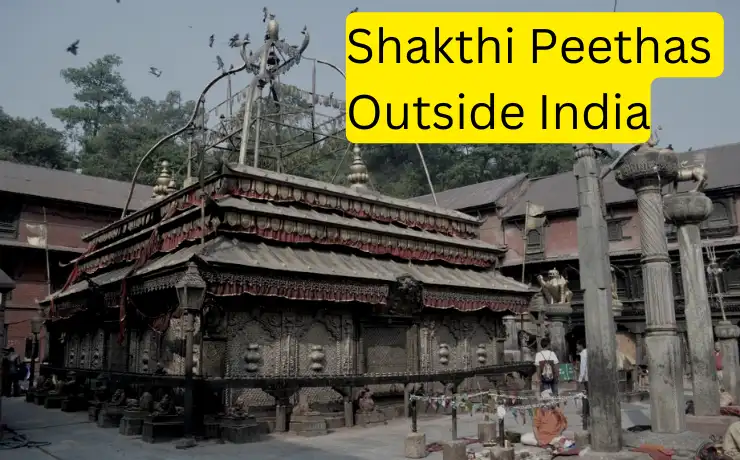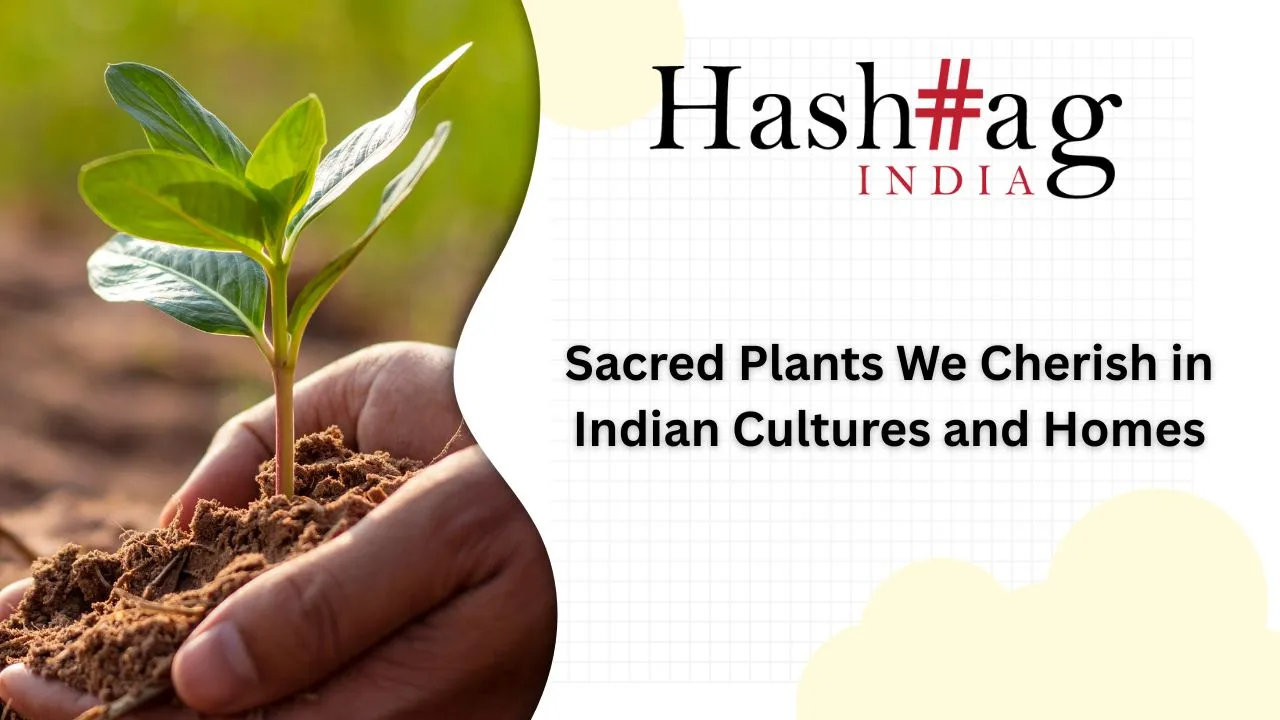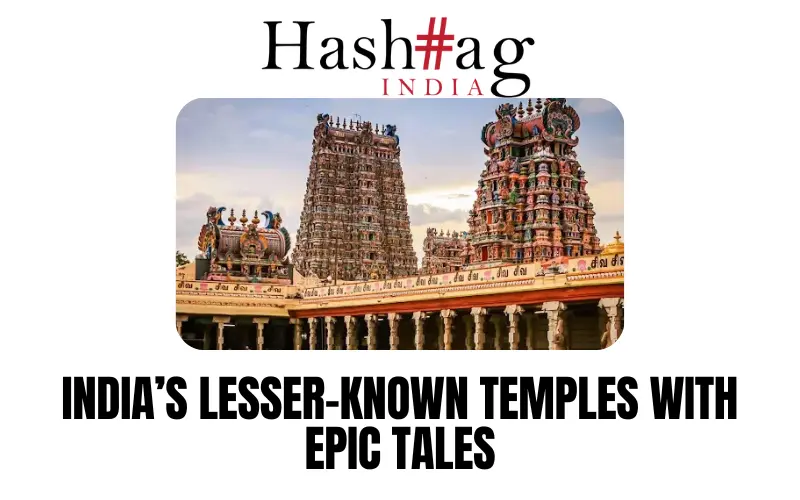India is different from the rest of the world because there are different cultures and religious beliefs, each having significant importance. Every God and Goddess have their shrine and there are many stories associated with them. In this highly religious country, Lord Shiva’s wife, Goddess Sati has left a huge mark on history.
When Lord Shiva carried Goddess Sati’s body and wandered, Lord Vishnu released his Sudarshan Chakra which made Sati’s body divided into various parts. All these parts fell at various spots on the earth, and most of them are in India and outside of India as well. These sacred sites are called Shakthi Peethas. Here are the popular Shakthi Peethas that are outside India.
- Sugandha Shakthi Peeth, Bangladesh
Sugandha Shakthi Peeth is dedicated to Goddess Sugandha or Devi Tara. It is located in the village of Shikapur. It is said that the nose of Sati fell here. Lord Shiva is worshipped as Traimbak. There is no proper information on who built this temple. This temple is famous for the Shiv Ratri festival. Thousands of devotees visit this temple every year to take blessings from the Devi Sugandha.
Temple Timings: 6 AM – 6 PM.
- Hinglaj Devi, Pakistan
Over the past three decades, the Hinglaj Devi Temple has gained popularity and become a unifying point for Pakistan’s Hindu communities. Hinglaj Yatra is the largest Hindu pilgrimage in Pakistan. Every year thousands of devotees take part in the yatra during the spring. It is believed that Devi Sati’s head fell at this place. The shrine is inside a small natural cave. There is no manmade image of the goddess, there is a low mud altar that is smeared with sindoor. Hinglaj Mata is said to be a very powerful deity who blesses her devotees with prosperity and abundance.
Temple Timings: 5 AM – 10 PM.
- Guhyeshwari Shakthi Peeth, Nepal
Guhyeshwari Temple is an important temple for Hindus and also for tantric worshippers. Guhyershwari is a Shakthi Peetha where Devi Sati’s knees have fallen. Here Goddess is worshipped as Mahamaya and Lord Shiva as Kapali. In the sacred texts of Kali Tantra and Shiva Tantra Rahasya, it is written that Guhyeshwari is an important place for gaining the power of the tantra.
The temple was constructed by King Shanker Dev of the Lichhavi period. The temple was renovated by King Pratap Malla in 1654 AD. The temple is built in Bhutanese Pagoda style and the idols are made of gold and silver.
Temple Timings: 7:30 AM – 7:30 PM
- Manasa Shakthi Peeth, Tibet
Manasa Shakthi Peeth is located just beside the sacred water body known as Lake Manas Sarovar. Here, Goddess Mansa and Lord Amar are worshipped by the devotees. The right of Sati fell at this spot, and the goddess is also called Dakshayani. This is one of the purest and most religious spots in the world where people get their wishes fulfilled. During the journey to Mount Kailash, one can visit this temple and take the blessings of the Devi.
The best time to visit is May to Mid-October.
- Shakthi Maha Lakshmi, Bangladesh
Mahalaxmi Shakthi Peeth located at Jaunpur Village is dedicated to the Goddess Mahalakshmi associated with the Bhairav form as Sambaranand. According to the belief, Devi Sati’s neck fell at this place. Devotees believe that worshipping Goddess Mahalakshmi here will bring wealth and prosperity into their lives.
Temple Timings: 6 AM – 6 PM
- Nainativu Nagapooshani Amman Temple, Sri Lanka
Near the capital of Jaffna, you will find the divine shrine of Goddess Sati where she resides in the form of Shakthi Indrakshi. It is believed that the anklets of Devi Sati fell at this spot and the temple is so popular because, during the Ramayana times, Ravana and Lord Rama used to worship Shakti Indrakshi here.
Temple Timings: 6 AM-1:30 PM, 4:30-6 PM
- Shivaharkaray Shakthi Peeht, Pakistan
Located near the Parkai railway station in Karachi, Devi Sati is worshipped as Mahisha-Mardini (Slayer of the Demon Mahishasur). The temple is one of the two Shakthi Peethas in Pakistan. As per Hindu mythology, the three eyes of Devi Sati fell here. Lord Shiva is worshipped as Krodish (The angry form of the lord).
Temple Timings: 6 AM – 11:30 AM, 3 PM – 9 PM
Conclusion:
These are some of the Shakthi Peethas located outside India. There are other places like Bhawani Shakthi Peeth and Jayanti Shakthi Peeth in Bangladesh. Devotees can visit these places without any problems and worship the goddess wholeheartedly.





























